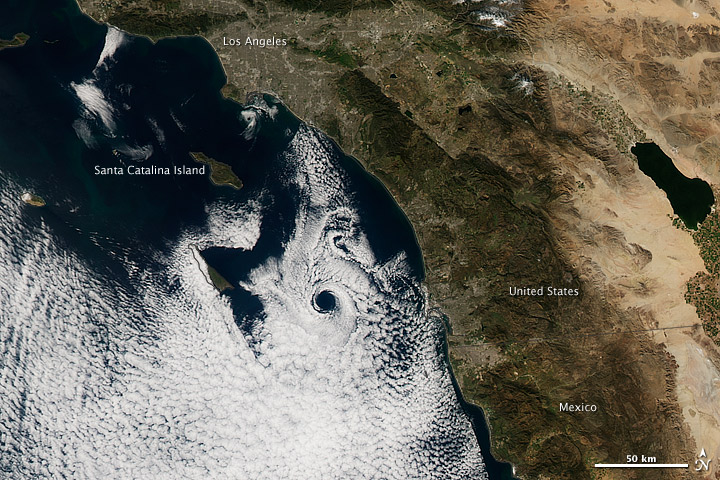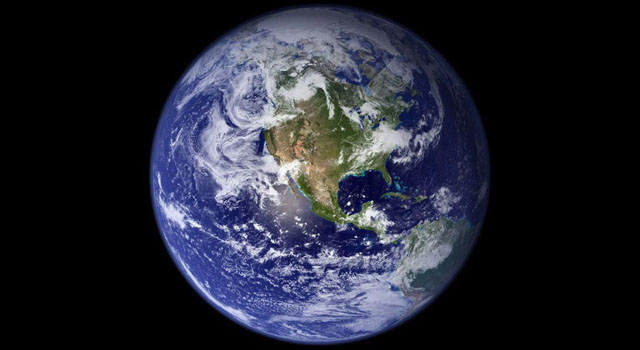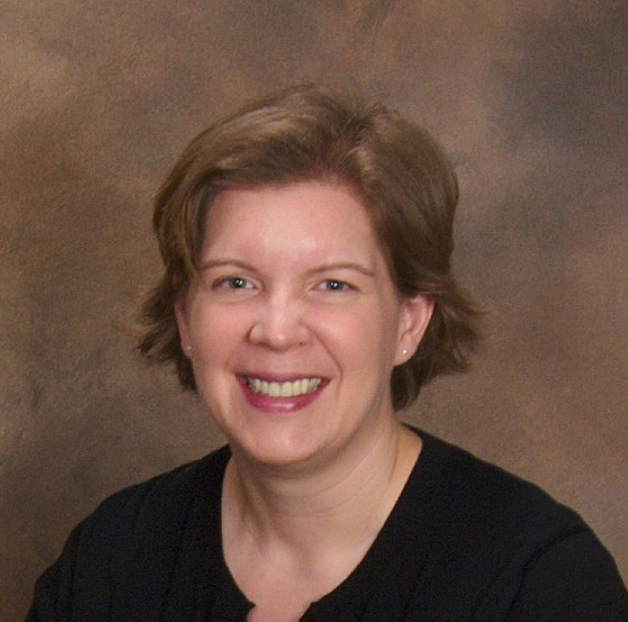Space Snapshot Reveals California's Catalina Eddy

In the hot summer months, coastal Californians enjoy cooler weather than inland residents thanks to a cooling offshore vortex called the Catalina Eddy.
NASA's Aqua satellite snapped a picture of weather pattern from space on Feb. 17 as the winds swirled counterclockwise west of San Diego. Clouds form a bull's-eye over the ocean between the Southern California coastline and the Channel Islands. The eddy's namesake is Santa Catalina Island, the largest of the Channel Islands.
The Catalina Eddy forms when upper-level atmospheric winds interact with Southern California's rugged coastline and islands, according to NASA's Earth Observatory. The topography combines with offshore winds blowing from the north and coastal winds coming from the south to spin marine stratus clouds in a counterclockwise direction. The eddies most often form between April and October, peaking in June, the Earth Observatory said.
The phenomenon drives the cloudy marine layer onshore during the summer, pushing hot air inland and cloaking the coast in fog during warmer months. Locally called "June gloom," the dense coastal fog and clouds can surprise tourists who arrive in Southern California expecting sunny beaches.

Email Becky Oskin or follow her @beckyoskin. Follow us @OAPlanet, Facebook or Google+. Original article on LiveScience's OurAmazingPlanet.
Get the Space.com Newsletter
Breaking space news, the latest updates on rocket launches, skywatching events and more!
Join our Space Forums to keep talking space on the latest missions, night sky and more! And if you have a news tip, correction or comment, let us know at: community@space.com.

Becky was a science reporter at The Pasadena Star-News. She has freelanced for New Scientist and the American Institute of Physics and interned at Discovery News. She earned a master's degree in geology from Caltech, a bachelor's degree from Washington State University, and a graduate certificate in science writing from the University of California, Santa Cruz. To find out what her latest project is, you can follow Becky on Twitter.










